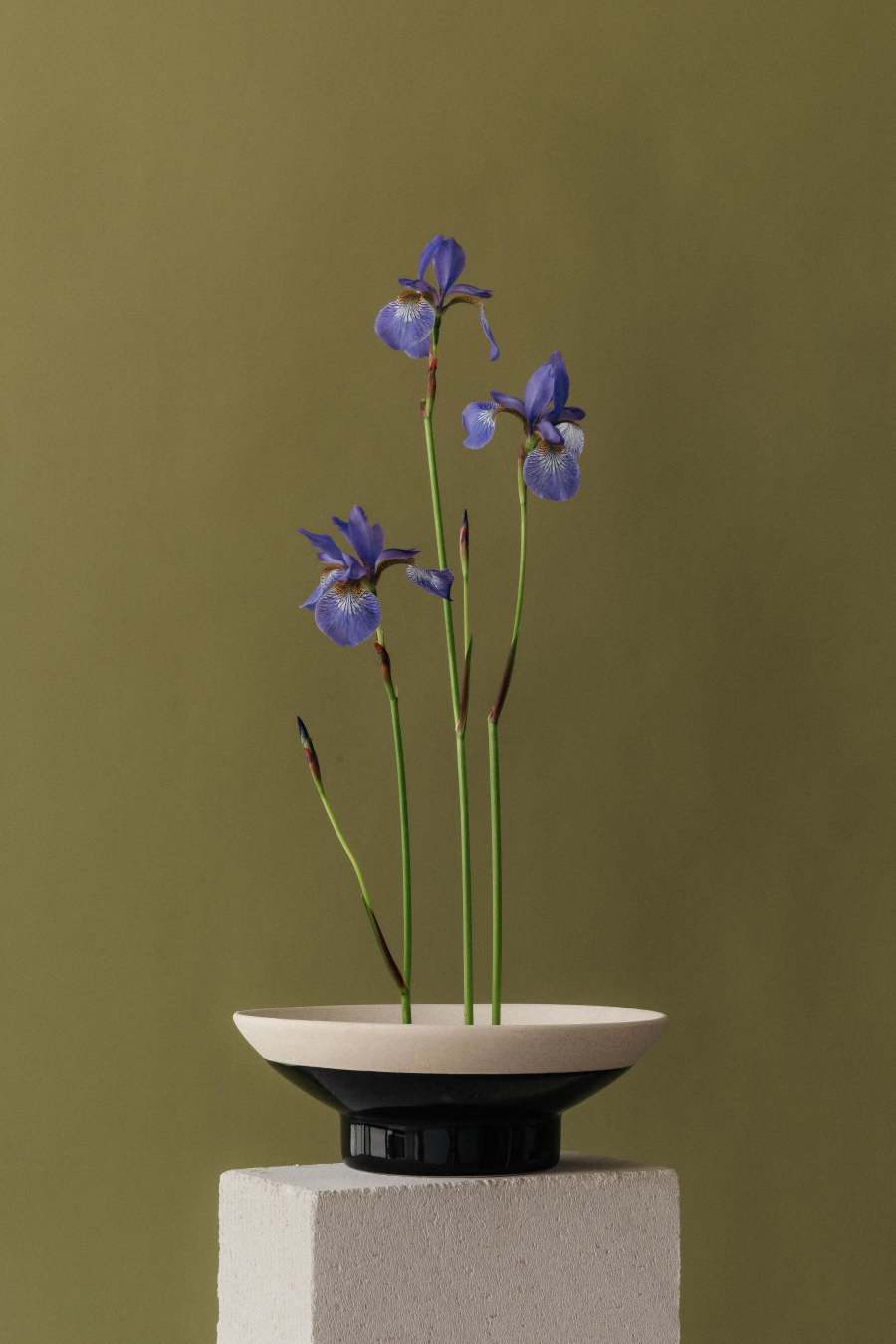Can You Use AI‑Generated Images for Commercial Use in 2025? Legal and Ethical Guide
Do AI generators make it easier than ever to find fresh visuals? Absolutely. But that convenience comes with a lot of unanswered questions. Our readers often ask whether AI‑generated images are really free to use in commercial projects and what happens if they’re not. We went digging into the latest legal guidance and ethical debates, so we can share clear answers and help you make smart decisions about the pictures you put on your website, social media or branding materials.
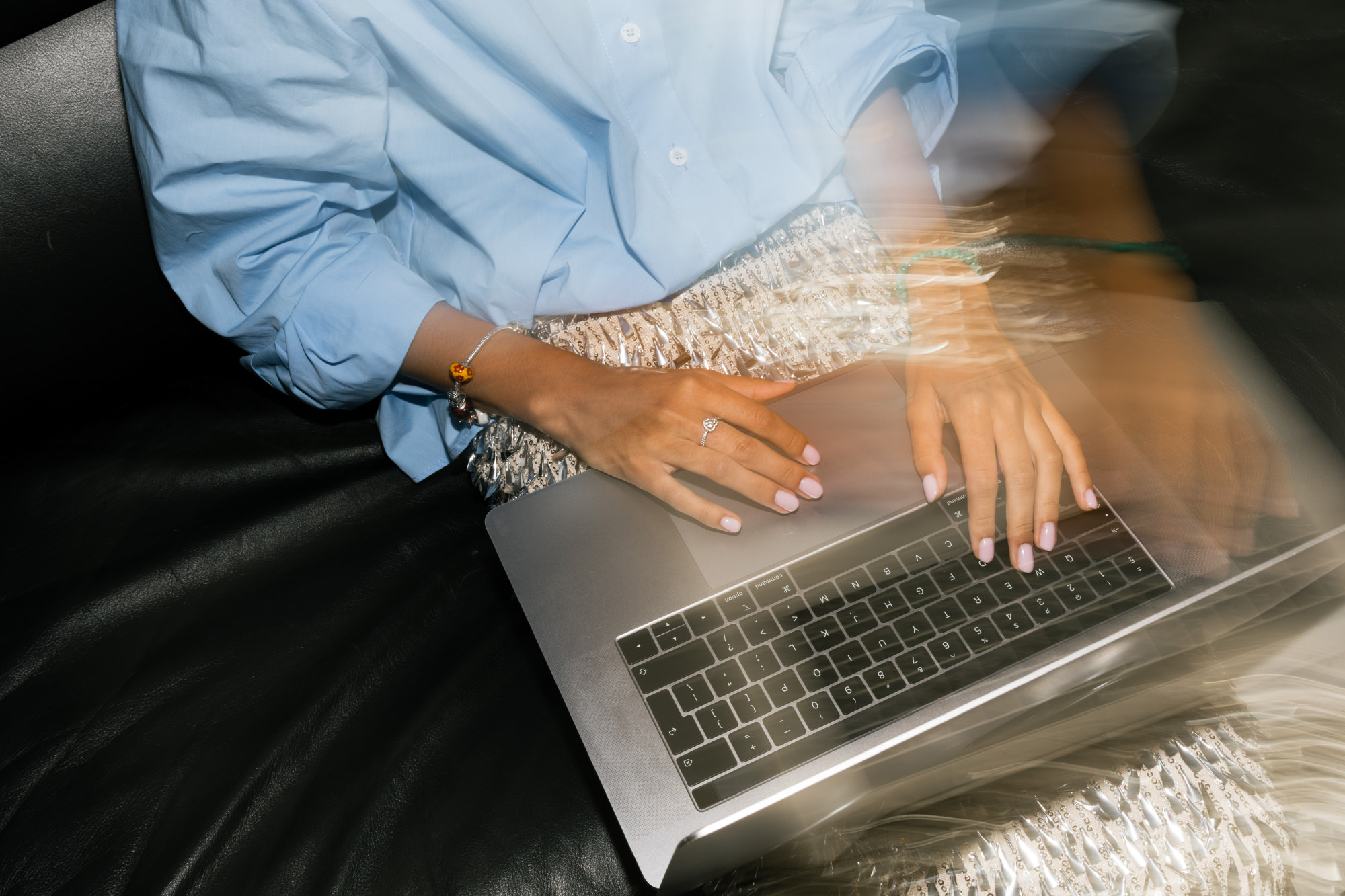
Are AI-generated images protected by copyright?
One of the biggest misunderstandings is that anything created by a machine must be “copyright free”. In reality, courts and copyright offices around the world are starting to clarify that fully automated images are not eligible for copyright protection because they lack human authorship .
In other words, you can’t claim exclusive rights to a picture that you prompted an algorithm to create, and someone else can’t claim those rights either.
However, the line gets blurrier when a person uses AI as a tool and then adds substantial creative input.
According to guidance from the U.S. Copyright Office, works that meaningfully transform an AI‑generated output can be copyrighted . Selecting a single favourite result from hundreds of AI variants isn’t considered enough , but incorporating that result into a collage, adding your own illustrations or heavily retouching the image could qualify .
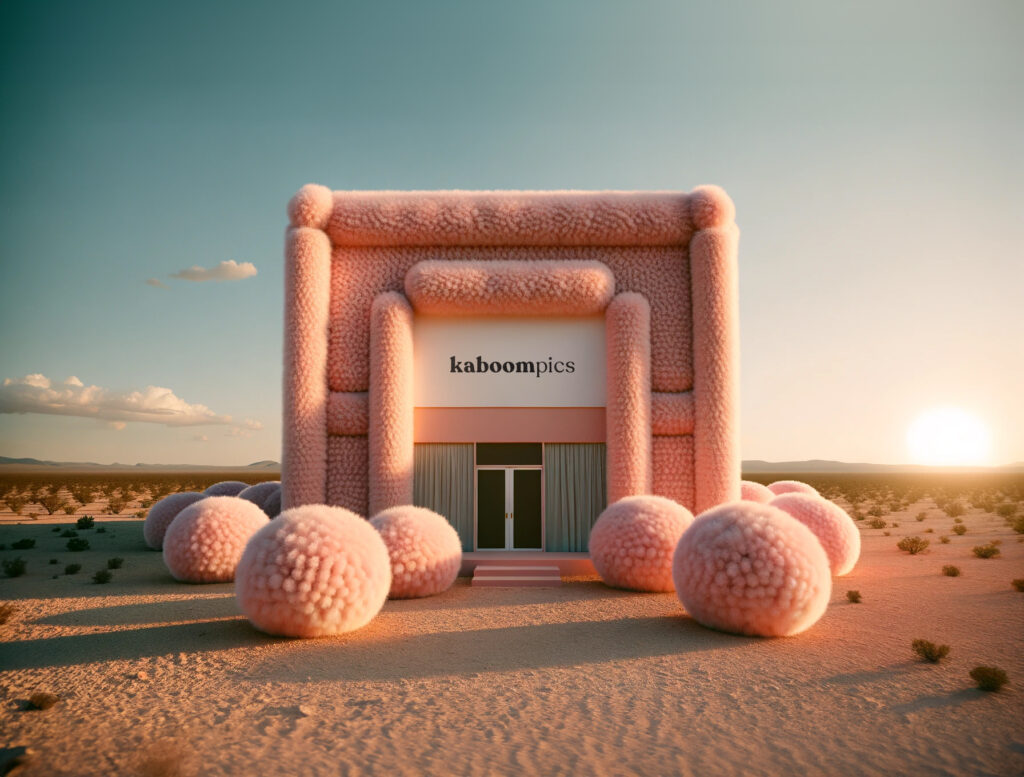
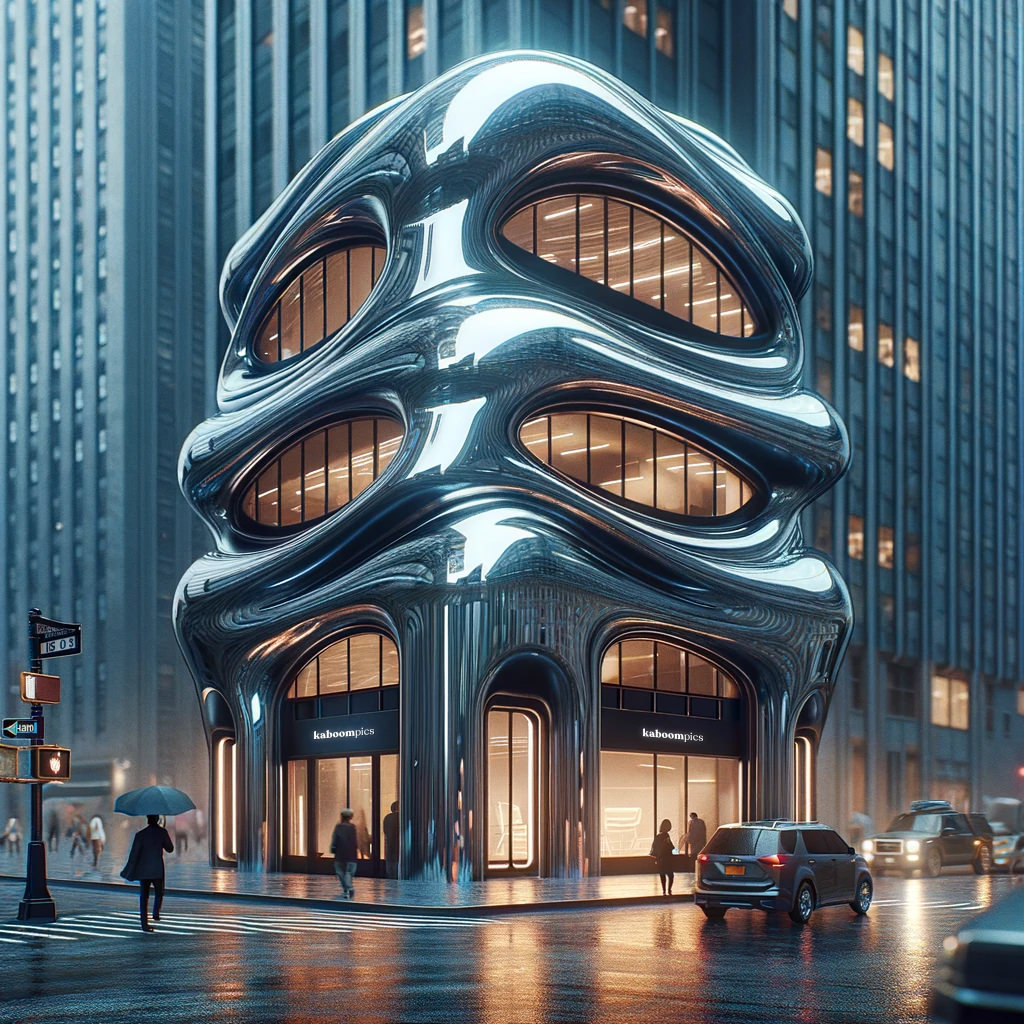
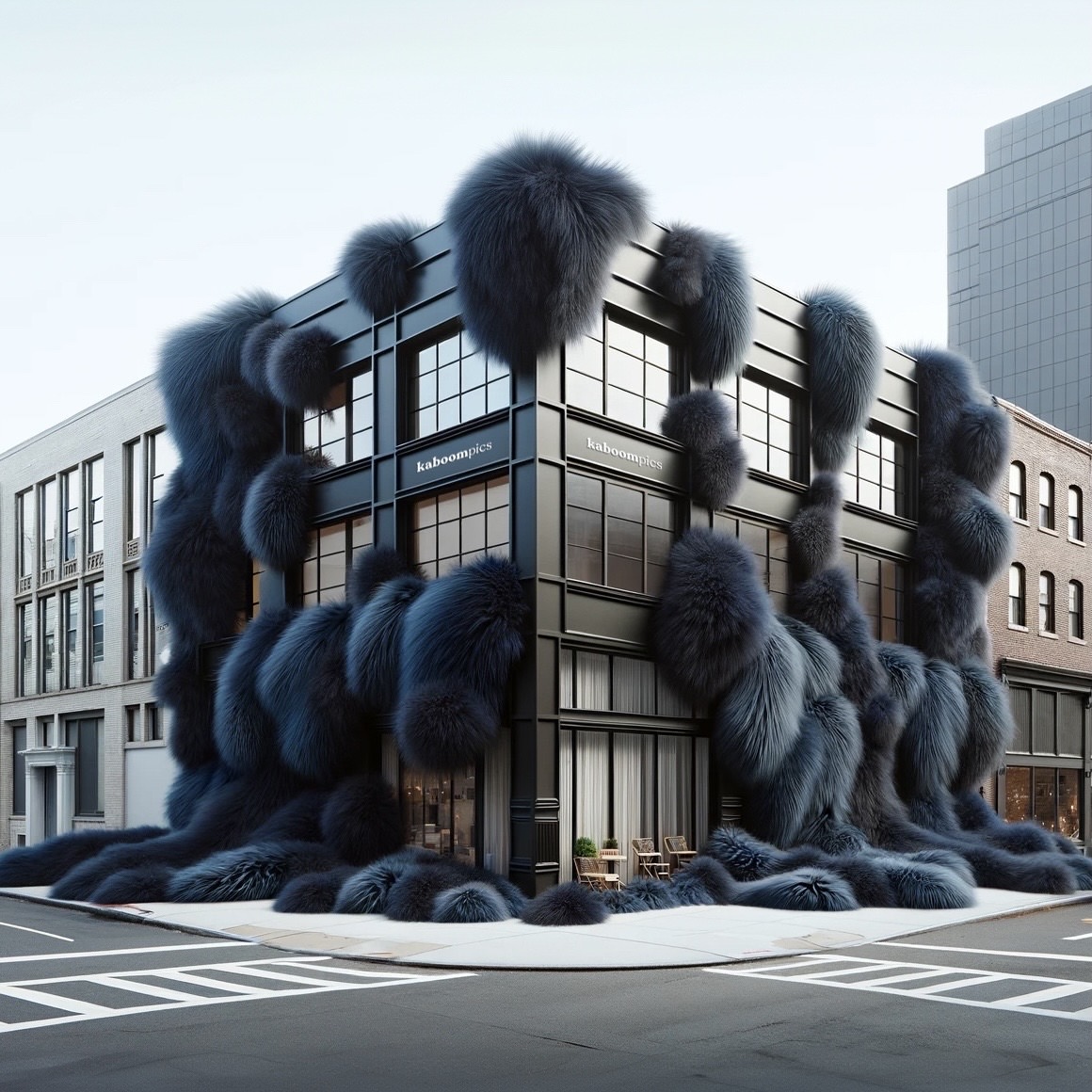
Legal risks of using AI images commercially
Just because an AI artwork has no traditional copyright doesn’t mean it’s a free‑for‑all. There are still several legal traps to watch out for:
- Licences and exclusivity – Each AI platform has its own terms of service that govern how you may use the outputs. Some allow commercial use under a permissive license; others retain all rights or require you to purchase a separate license. There are no guarantees of exclusivity, so anyone else can generate or download the same image.
- Training data and rights of third parties – Many models are trained on huge datasets scraped from the internet. That means generated pictures might resemble or even replicate people, trademarks or artworks that are protected by law. As we’ve written before, using someone else’s image from Pinterest without permission can lead to takedowns, legal claims and reputational damage. The same logic applies if an AI recreates a celebrity’s likeness or a branded product.
- Editing doesn’t make it legal – Cropping, recolouring or applying filters to an image doesn’t remove its underlying rights . If an AI output infringes on someone’s rights, tweaking it won’t fix the problem.
Ethical considerations
Beyond the hard legal rules, we care about doing the right thing. Our philosophy is simple: use AI responsibly. That means:
- Be transparent – If an illustration is AI‑generated, let your audience know. Transparency helps build trust and avoids implying that a machine’s work is a human’s.
- Respect creators – Don’t prompt a model to mimic a specific photographer’s style and then pass the result off as your own. Credit original artists when you’re inspired by them.
- Avoid misleading imagery – AI makes it easy to create unreal scenes. Make sure you’re not misrepresenting reality or using fake photos in a way that could confuse or deceive readers.
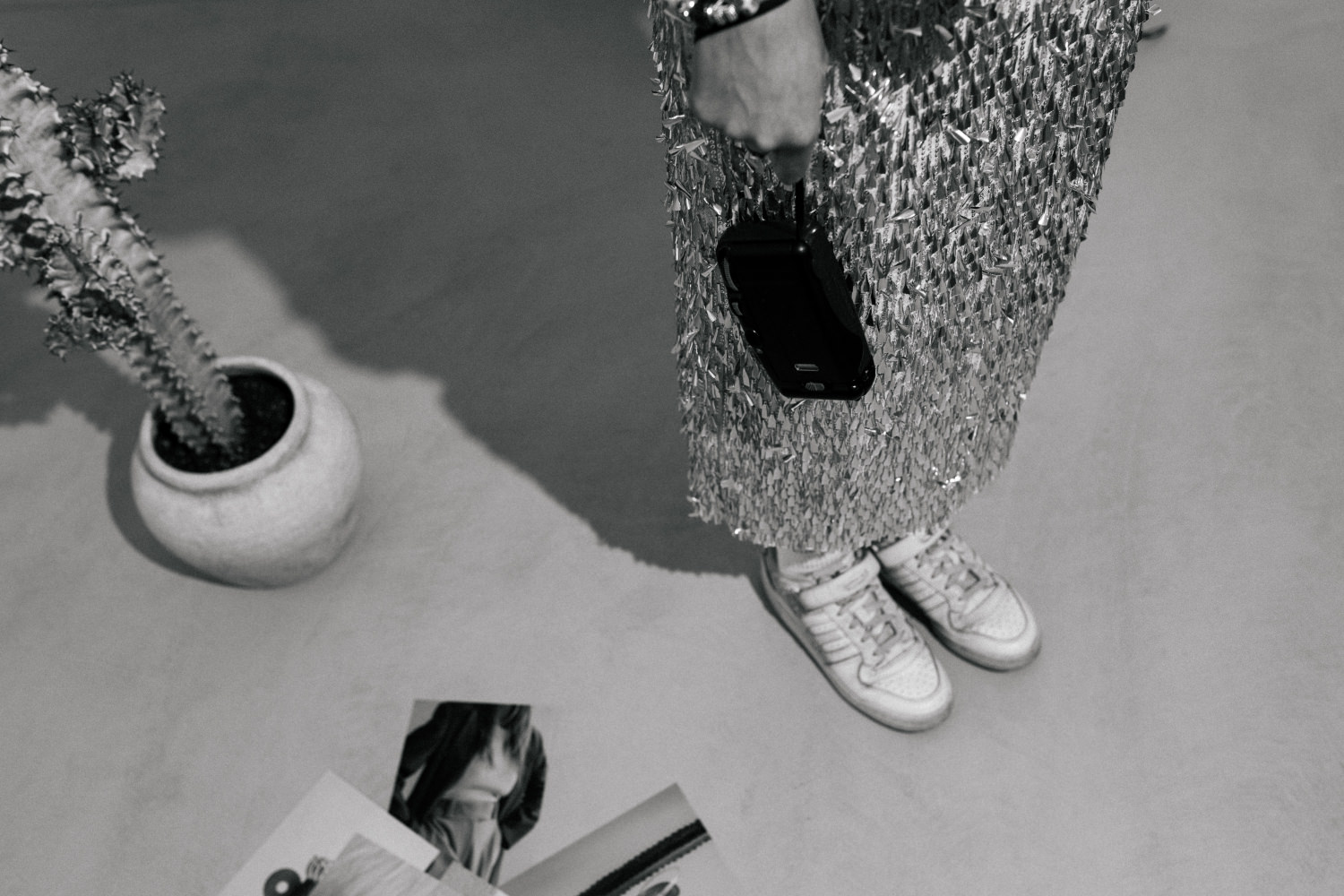
Can you legally sell AI images? And what about those AI image bundles on Etsy?
This is where things get messy. Technically, you can sell AI-generated images — but only if you actually have the rights to do so. And that’s the part many people skip over.
Most AI image generators (like Midjourney, DALL·E, or Adobe Firefly) have specific license terms that prohibit reselling their outputs, especially as standalone downloads. If your image was created entirely by AI without substantial human input, you likely don’t own any copyright, which means you also can’t claim exclusive rights — or legally sell it as your own.
Still, Etsy is full of listings selling bundles of “100 neutral aesthetic AI stock photos.” They’re polished, trendy, and clearly in demand. But being popular doesn’t make them legal. These sellers are often operating in a legal gray zone… sometimes unknowingly… and their buyers might assume they’re purchasing fully licensed, safe-to-use images for branding or social media. That assumption can lead to real risks if copyright or license violations pop up later.
If you want to sell AI-generated images, your safest bet is to:
- Check the license of the tool you used,
- Add meaningful human input (editing, combining, retouching),
- And be transparent about what the buyer is actually getting.
Is it safe to use AI images from marketplaces in commercial projects?
Even if a seller on Etsy or another marketplace gives you a commercial license for an AI-generated image or mockup, that doesn’t mean you’re legally bulletproof. The license typically grants permission for use in specific contexts — such as social media, marketing materials, or client presentations — but it doesn’t erase all legal risk.
First, the copyrights still belong to the creator (or the platform generating the images). You’re only purchasing a non-exclusive right to use the files under certain terms. That means if an AI-generated image turns out to closely resemble a copyrighted photo, brand logo, or someone’s likeness — you’re the one legally responsible, not the seller.
This isn’t just theoretical. The U.S. Copyright Office’s 2025 report makes it clear: AI-generated content without meaningful human input is not copyrightable. This legal grey zone raises flags for designers who rely on AI image bundles for their work.
And it gets trickier. According to legal analysis by DLA Piper, the datasets used to train generative models like Midjourney or DALL·E may contain copyrighted images, trademarks, or photos of real people. This means generated outputs might unknowingly “reflect” protected content — and again, it’s the end user who carries the risk.
The EU IP Helpdesk goes a step further and explicitly warns against using AI-generated assets in trademarks or logos. That includes stock-style visuals sold under commercial licenses. In projects with higher stakes (brand identity, packaging, mass campaigns), the risk just isn’t worth it.
Here’s what we recommend:
- Use AI images with care — they’re usually fine for social media posts, ads, moodboards, or blog graphics
- Avoid them in high-risk projects like logos, trademarks, or large-scale branding
- Always read the license (twice) — even “commercial” licenses have boundaries
- When possible, use content with a clear, human-created origin or from trusted sources like Kaboompics, where ownership and releases are verified
- For extra protection, include IP-related clauses in client contracts (especially for outsourced work)
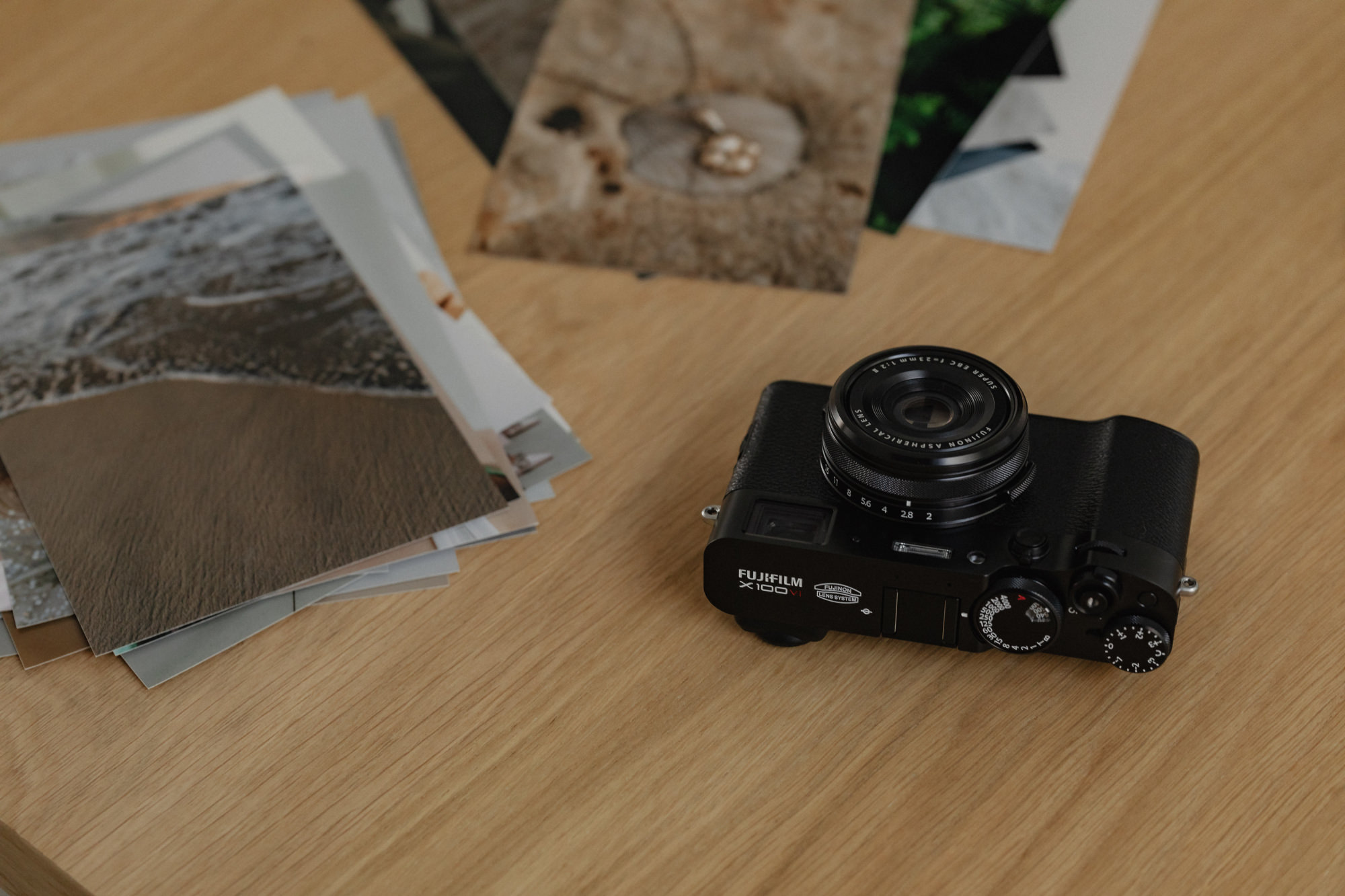
Safe alternatives to AI images
If you want full peace of mind, the safest option is to use human-made photos with verified authorship and model/property releases. Platforms like Kaboompics are a great example — every image is created by a known photographer, not scraped or generated by machines. That means you know exactly who made the content and what you’re allowed to do with it.
Also platforms like Getty Images and iStock now offer built-in AI image generators with impressive legal protections. Getty’s AI tool is trained only on licensed content, provides indemnification up to $50,000 per image, and guarantees no recognizable trademarks or logos appear in generated outputs. Similarly, iStock’s AI Generator is built on its own licensed image library and clearly states that commercially safe images are provided with standard indemnification, but must not be used in resellable products like print-on-demand or digital template packs . Compared to generic Etsy bundles or unknown marketplaces, these tools offer clear chains of rights, verified training data, and full compliance with commercial usage—making them a more secure choice for professional work.
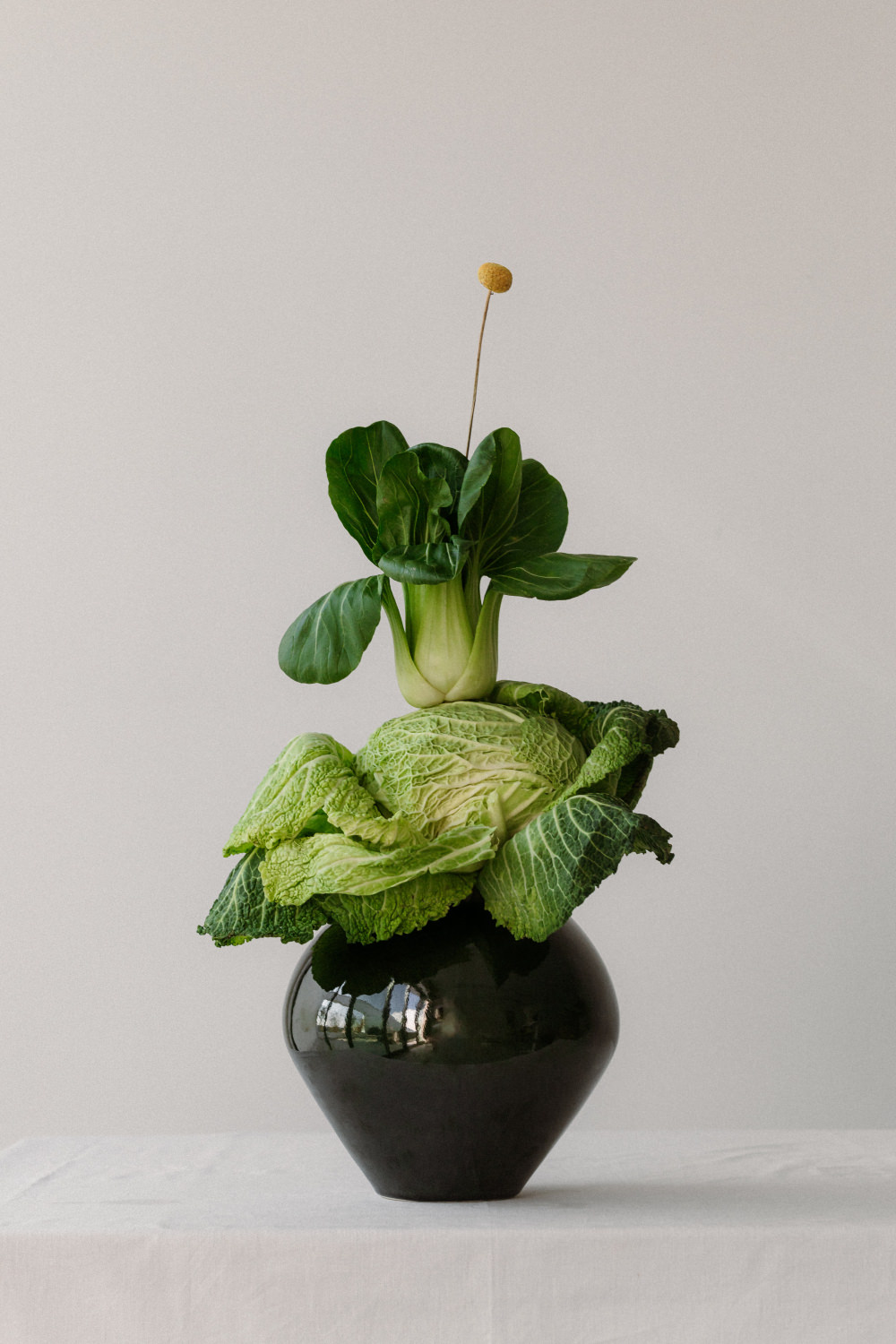
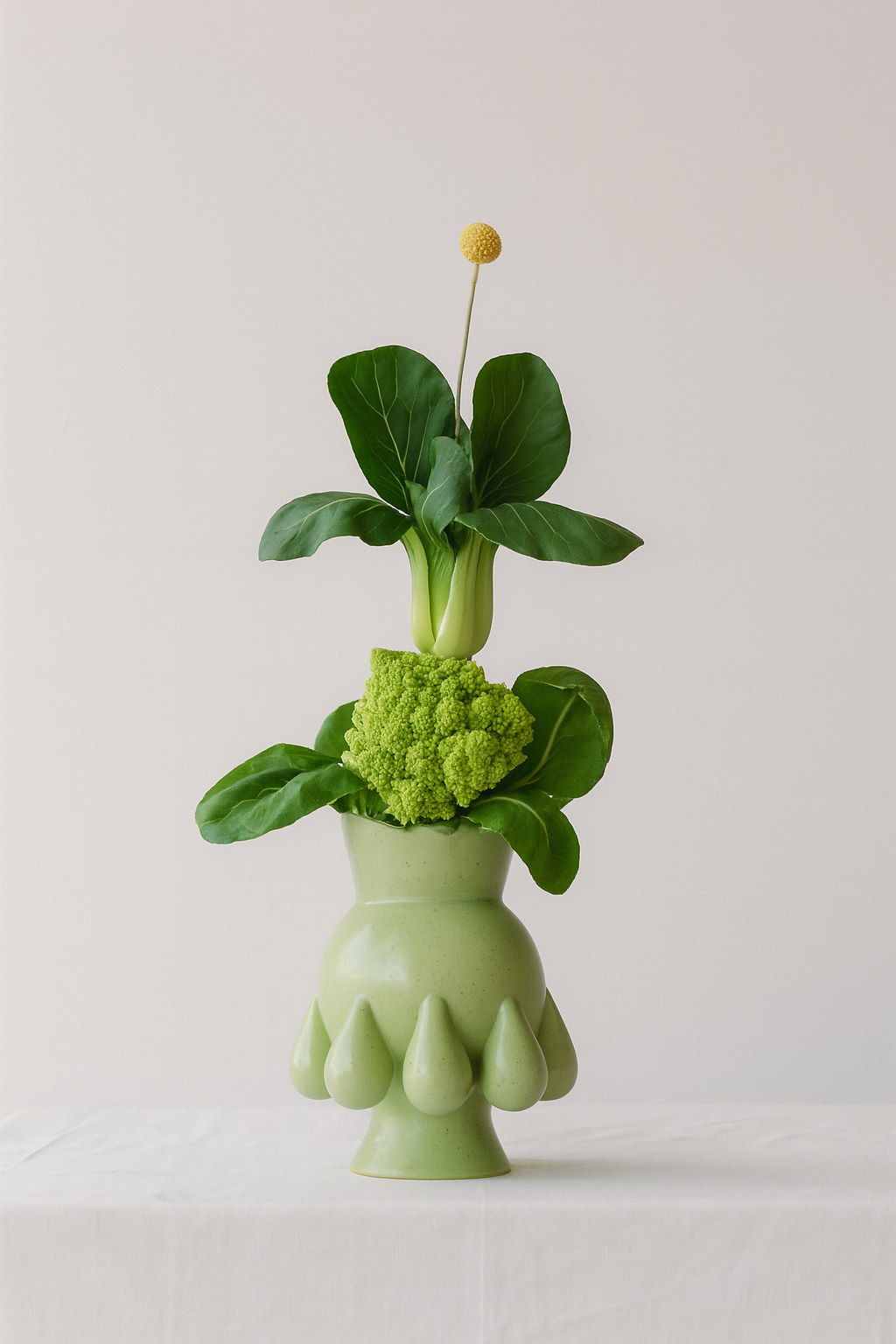
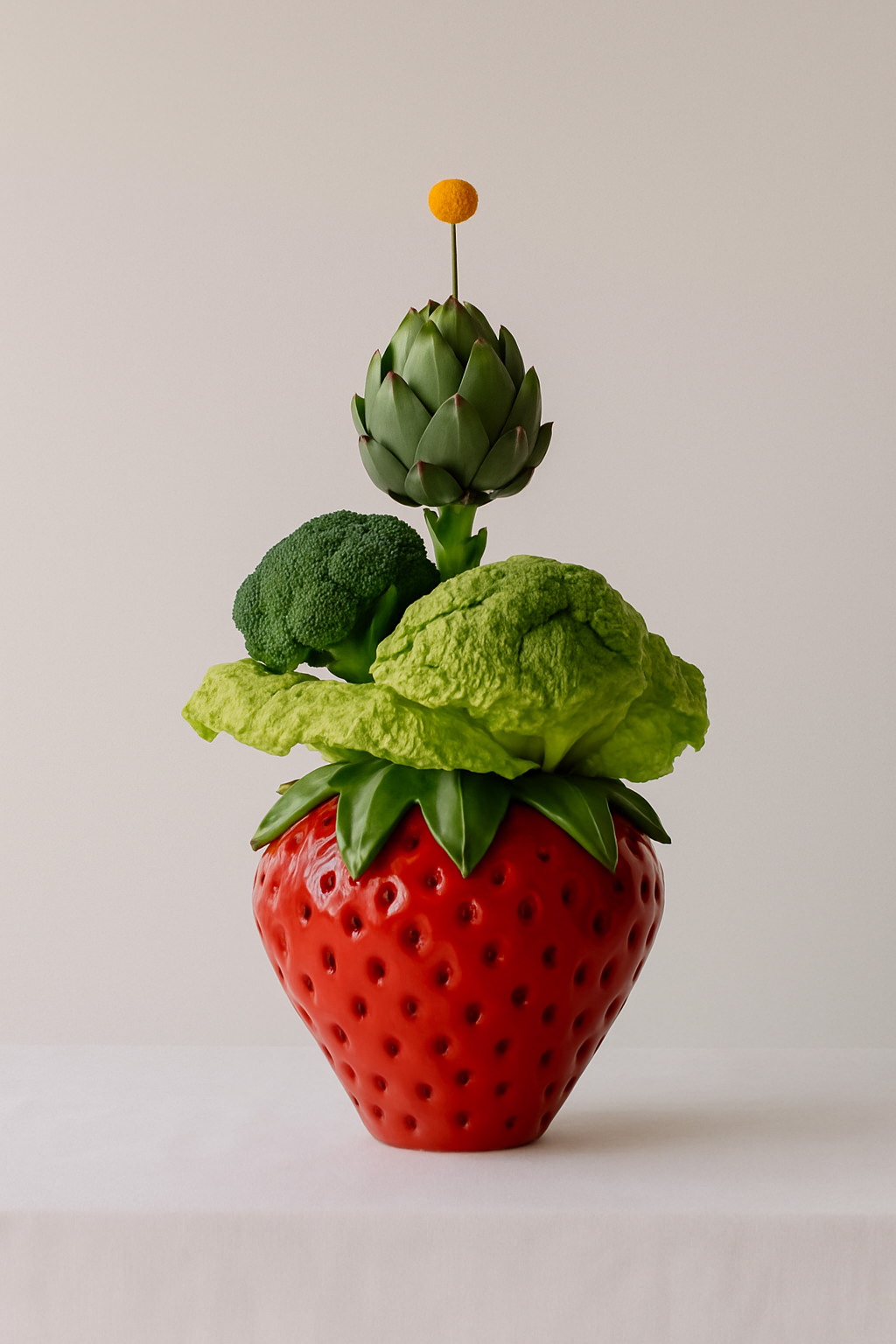
This is what happens when AI gets too inspired by someone’s work.. and no, our hearts aren’t okay.
Frequently Asked Questions (FAQ)
Do I own my Al-generated art?
Kind of… but not in the way you might think. In most countries (including the US), copyright law only protects works created by humans. So if an image is entirely generated by AI — with no meaningful human input — it’s not really “yours” in the legal sense. You can still use it, post it, even sell it (depending on the platform’s terms), but you likely can’t stop others from copying it. To claim true ownership, you need to add your own creative spark — think editing, compositing, or styling that goes beyond just typing a clever prompt. Otherwise, your masterpiece is legally more like a free-for-all than a protected work of art.
Are ChatGPT images free for commercial use?
Yes, ChatGPT images (generated via DALL·E) are free for commercial use, as confirmed by OpenAI’s Terms of Use: “You own the content you create with ChatGPT, including images, and may use it for any legal purpose, including commercial use.”
However, OpenAI doesn’t guarantee that AI-generated images won’t unintentionally resemble copyrighted content. According to the Usage Policies, it’s your responsibility to ensure your use doesn’t violate any laws or third-party rights.
So yes, you can use and even sell them — but do so cautiously.
Are Canva Al images free for commercial use?
Yes, Canva allows commercial use of AI-generated images, but with conditions. According to Canva’s Content License Agreement and Text to Image Terms, you can use AI images commercially as long as they’re part of a larger, original design and you don’t use them in ways that violate their terms (like creating logos or reselling the images as standalone files). Use is at your own risk, and Canva clearly states you’re responsible for ensuring that your use doesn’t infringe on any rights. You can read more in their licensing guide here.
Can I use Kaboompics photos as a reference to generate images with AI?
Not really — even the most stylish AI shouldn’t use Kaboompics photos as reference. The photographer puts a lot of heart into every shoot (seriously, it might break a little if her work ends up in a training set). So please, no AI stuff — just enjoy the photos as they are.
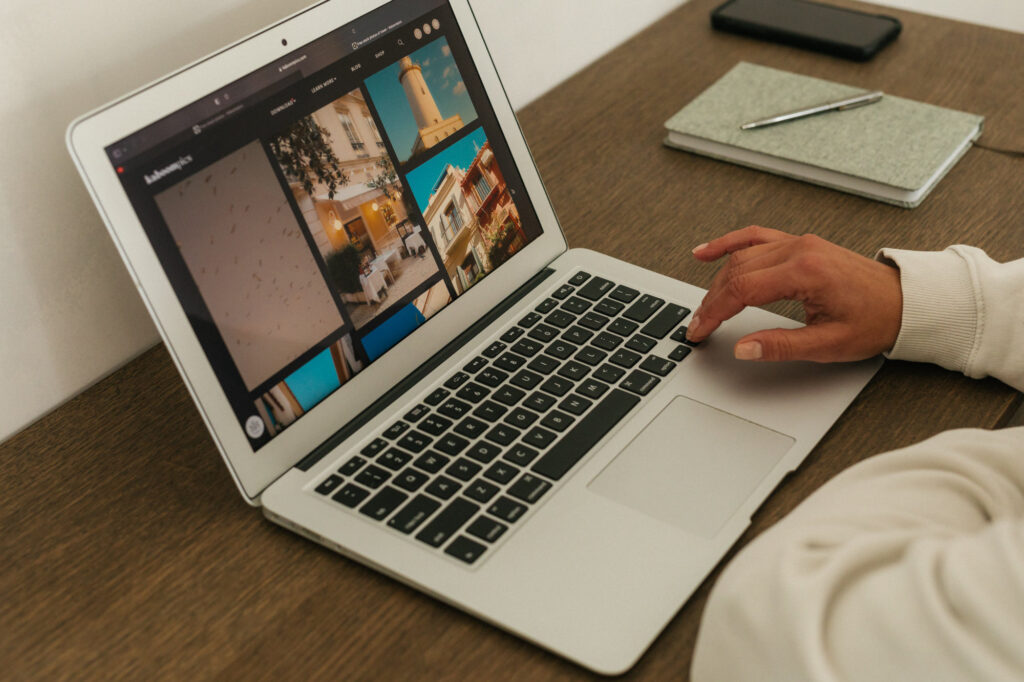
Final Thoughts
AI is still such a new creative medium that the law is constantly playing catch-up. We did our best to break things down as clearly as possible — but honestly, we know it’s far from perfect. And that’s not just on us. Very few people (even the legal experts) can say with full confidence how things will unfold in the long run. What matters most right now is awareness: if you’re building a brand where trust is everything, it’s worth being extra cautious about the tools and assets you use. Better safe than “see you in court.”
AI image bundles are everywhere, but convenience doesn’t equal legal certainty. Even if you’re offered a commercial license, you’re still the one held accountable if the image ends up infringing on someone else’s work.
That’s why platforms like Kaboompics — where content is created by a single, real photographer and every photoshoot is properly released — offer a safer, more transparent path. In a world of copyright gray zones and algorithmic mimicry, knowing your source matters.
If you want to create worry-free designs, market your brand, or build content with lasting value — choose images that come with clarity, not questions.
You might also like:
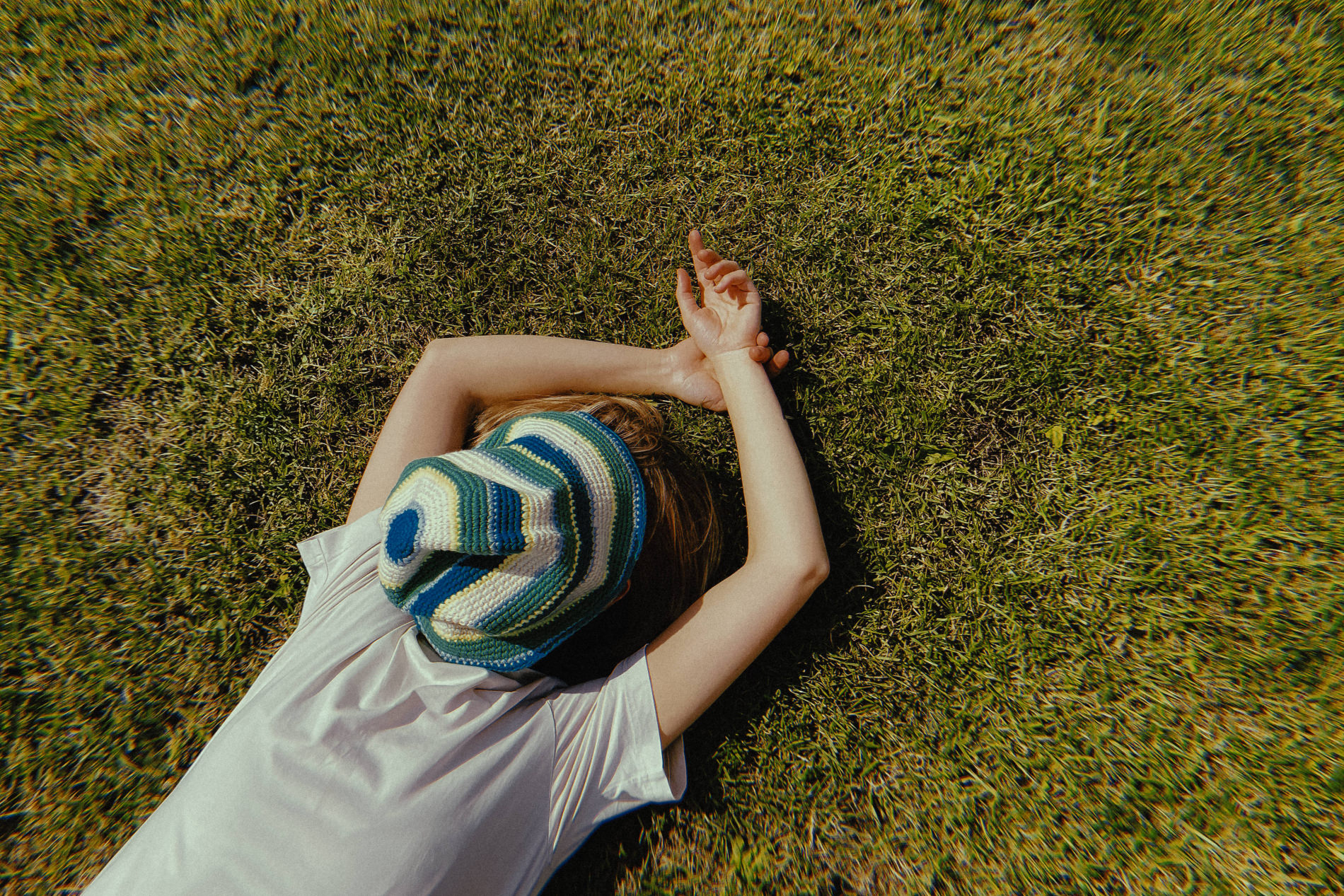
Summer Aesthetic Photos – Curated Picks You Can Download for Free
Summer always brings a burst of energy, color, and a certain lightness that we love capturing in photos. But when it comes to choosing images for summer projects, it doesn’t have to be just beaches, palm trees, or shots tagged
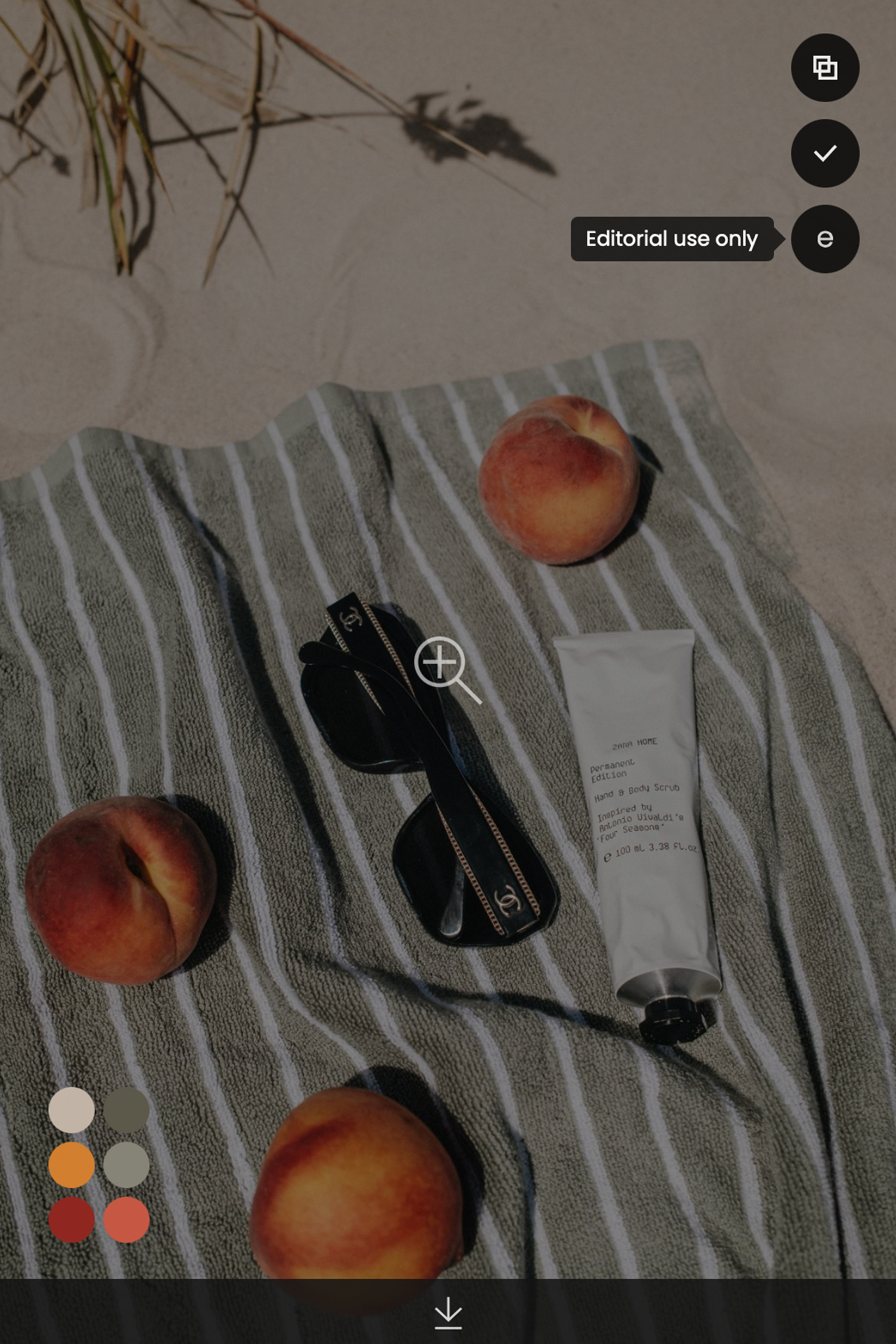
Editorial Use Only: A Clear Guide for Designers, Bloggers, and Brands
Free photos are a fantastic resource for creative projects, but they also come with rules and responsibilities. Terms like Editorial Use Only often raise questions about when and how certain images can be used safely. This article takes a closer

How to Know If a Free Photo Is Safe for Commercial Use
Using free photos for commercial purposes can be tricky if you don’t know how to verify their licensing. Misusing photos can lead to legal, financial, and reputational risks. In this guide, we’ll explain how to confidently determine whether a free


